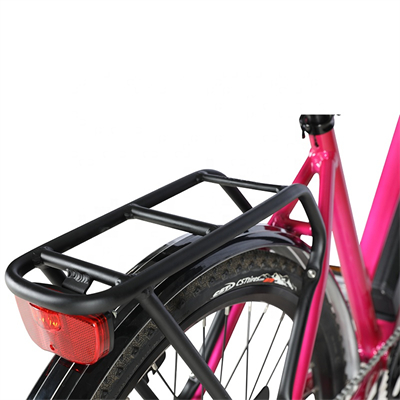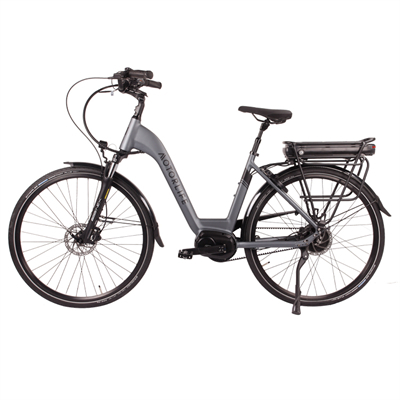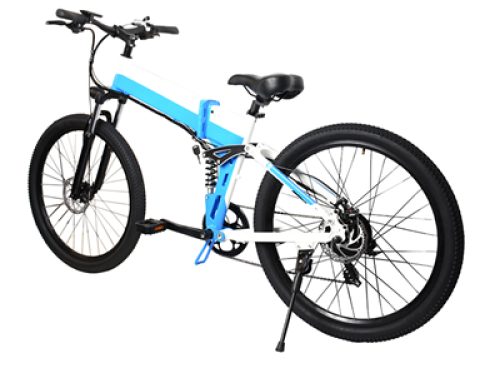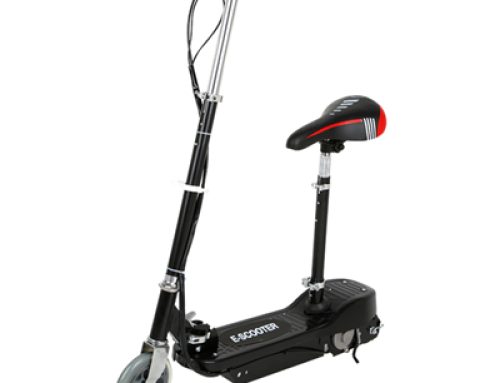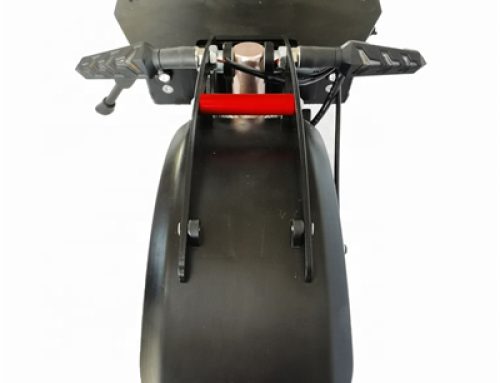Hoverboards are indeed pushing boundaries in the realm of personal transportation, introducing innovative concepts and challenging traditional modes of getting around. Here are some ways in which hoverboards are pushing these boundaries:
- Novel Transportation Concept: Hoverboards represent a departure from conventional transportation methods like walking, biking, or driving. The concept of hovering above the ground captures the imagination and showcases the potential of technology to reshape how we move.
- Eco-Friendly Mobility: Electric-powered hoverboards offer a more environmentally friendly alternative to fossil fuel-powered vehicles. They produce zero emissions during operation, contributing to cleaner air and reduced carbon footprint.
- Last-Mile Connectivity: Hoverboards address the “last mile” challenge in transportation – the distance between a transportation hub (like a bus stop or train station) and the final destination. They provide a convenient way to cover short distances quickly without relying on larger vehicles.
- Urban Mobility: In densely populated urban areas, where traffic congestion and limited parking spaces are common issues, hoverboards offer a compact and maneuverable solution for navigating through city streets and sidewalks.
- Tech Integration: Hoverboards integrate technology and connectivity, often featuring smart sensors, gyroscopes, and self-balancing mechanisms. These devices showcase the potential of merging cutting-edge tech with personal mobility.
- Personalization and Style: With a variety of designs, colors, and patterns, hoverboards allow users to express their personal style while commuting. This adds an element of individuality and customization to personal transportation.
- Youth Culture and Trends: Hoverboards have gained popularity among younger generations, becoming a cultural phenomenon and an iconic representation of modern technology.
- Accessibility: As hoverboard technology advances, there’s potential for designing models that are more accessible to individuals with limited mobility, providing them with a new way to move around.
- Innovation in Design: The engineering challenges associated with hoverboards – stability, balance, and control – have led to the development of innovative solutions that can have broader applications in other fields.
- Inspiration for Future Tech: The pursuit of creating functional hoverboards has inspired advancements in battery technology, sensors, and materials science. These developments could have implications beyond personal transportation.
- Redefining Personal Commuting Habits: Hoverboards encourage people to reconsider their commuting habits and adopt more efficient and sustainable methods of getting around, especially for short trips.
However, it’s worth noting that while hoverboards hold great promise, there are challenges to overcome, including safety concerns, regulatory issues, and the need for appropriate infrastructure. As hoverboard technology evolves, it’s important to address these challenges to ensure that the potential benefits can be fully realized while minimizing potential drawbacks.
